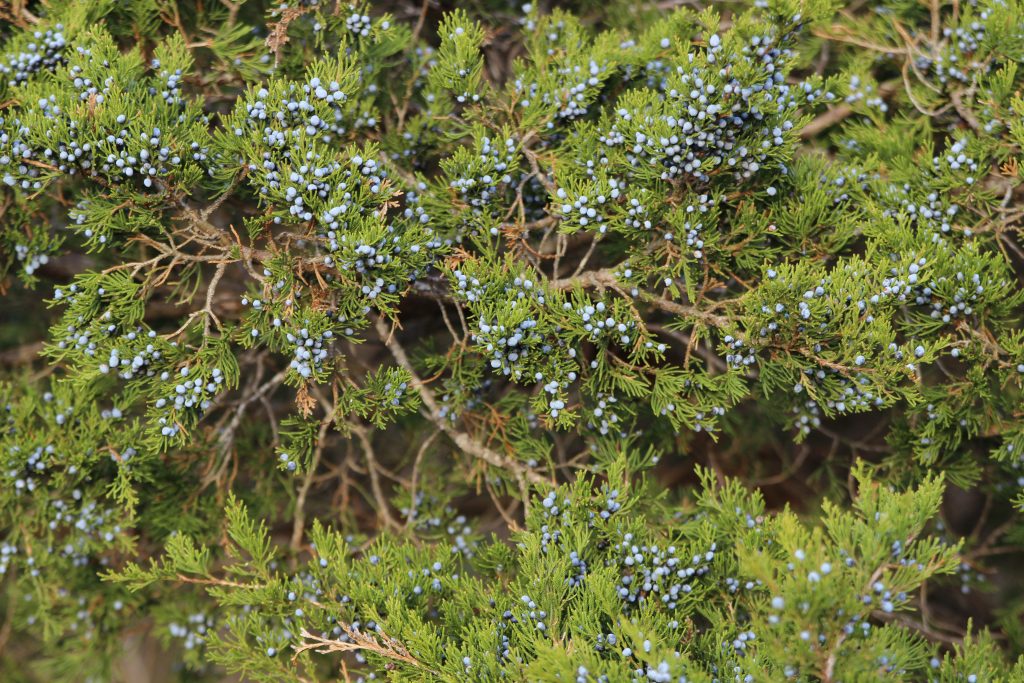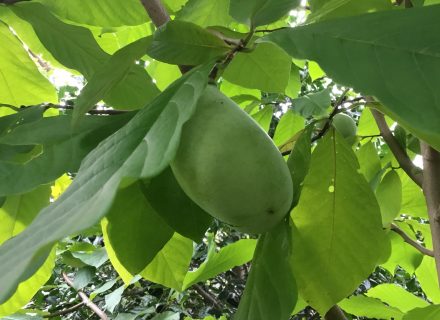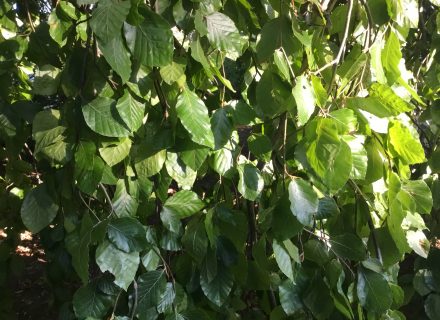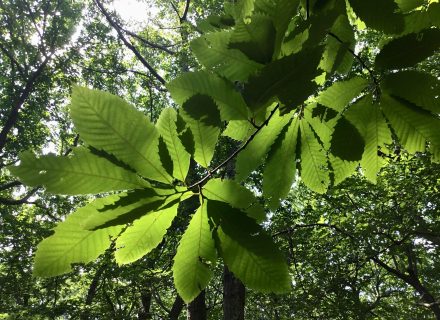Latin name: Juniperus virginiana
Actually, it’s a juniper: Despite its common name, Eastern red cedar is a juniper. The trees became known as cedars because they reminded the first colonists of European cedars.
Locations: Red cedars are found almost everywhere on Shelter Island and the East End. There’s a dense grove on the Sylvester Manor side of Gardiner’s Creek bridge. They’re common in Mashomack and dominant on both sides of the first Ram Island causeway.
Tree stats: Michael Dirr’s Hardy Trees and Shrubs admiringly describes the native red cedar as “a tough, irrepressible green soldier that can prosper where few other plants even survive.” Indeed, as a pioneer species it thrives in our dry fields as well as harsh, coastal areas occasionally flooded with salt water. It grows to a height of 40 to 50 feet and 8 to 20 feet wide. In the Northeast, it ranges from Canada to Florida and North Dakota to Texas in the Midwest. Numerous varieties and cultivars are commercially available to homeowners varying in height, width, and foliage color.
The oldest: According to MaryLaura Lamont, educational chairwoman of the Long Island Botanical Society, the oldest red cedars on Long Island are in Orient State Park. They’re approximately 175 years old. (I recommend a visit. Cedars aside, it’s a lovely park for birding and kayaking.)
Natural history: Native American tribes utilized red cedar for various medicinal and ceremonial purposes. The Blackfeet gathered the berries, leaves, and roots as a cure for vomiting and arthritis. The Cheyenne made a tea with the leaves to relieve coughing and hyperactivity. Other tribes collected different parts of the tree to treat colds, fevers, and asthma. The wood was used to fashion shafts, bows, and flutes. And, as anyone who wears woolen clothing knows, the strongly fragrant wood is an excellent moth repellant. The tree’s berries (actually, small cones) can be used to flavor foods.
American history: Early colonists used the wood for fence posts and furniture. It’s still used for those purposes today as well as for paneling and crafts. Pencils were once manufactured from red cedar. Nowadays, they’re mostly made from incense cedar, a Western species.

The birds and the trees: Birds rely upon dense cedar boughs for nesting and cover. In the fall, cedar waxwings, starlings, robins, and other birds relish the ripe berries, benefitting both birds and trees. A 1980s study discovered that cedar seeds consumed by birds germinated up to three times faster than those that fell on the ground. And because birds can disperse seeds far away from parent trees, cedars are able to rapidly colonize new locations.
Cedar paradise: The first Ram Island causeway is one of my favorite spots on the Island. You can hike on either side of the road and enjoy a gorgeous tapestry of (mostly) native plants that thrive among the cedars there. They include several grass species, saltbush (a shrub that stands out in the fall with its feathery, white seed heads), prickly pear cactus, goldenrods, and other plants adapted to tough, salty conditions. It’s a great spot for a walk in any season.
Photos: Tim Purtell




